Smart home LCD refers to the use of LCD (Liquid Crystal Display) panels or TFT lcd monitor in smart home devices. These displays are commonly found in smart thermostats, home automation control panels, and smart home hubs, among others.
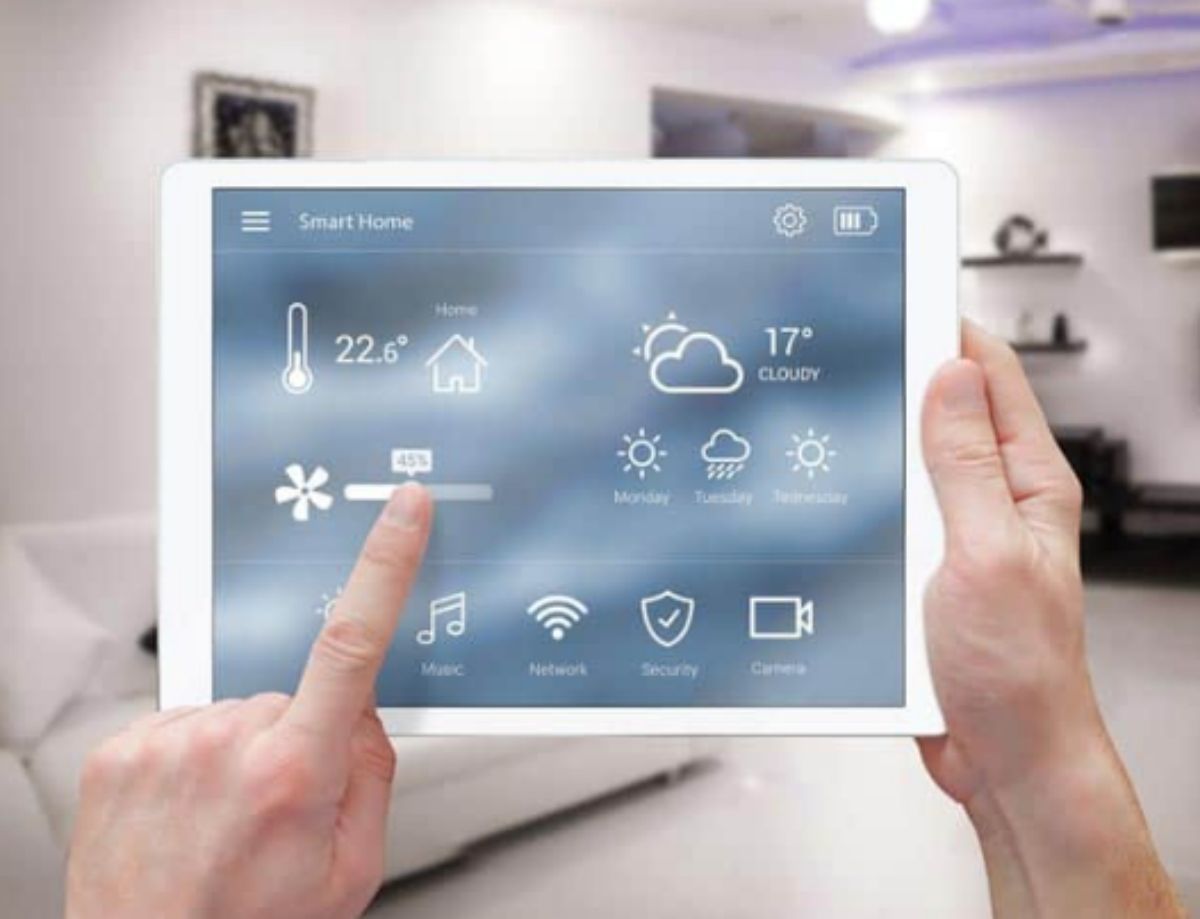
Here are some key aspects to consider when researching smart home Lcd display:
1.Functionality: Smart home LCD panels provide a visual interface for users to interact with their smart home devices. They can display information such as temperature, energy usage, weather forecasts, security alerts, and more. Some LCD panels are touchscreen-enabled for intuitive control.
2.Display Technology: smart lcd display or smart tft display use liquid crystals to control the passage of light, resulting in sharp and vibrant images. LED-backlit LCD panels offer improved contrast and energy efficiency. Other display technologies such as OLED (Organic Light Emitting Diode) may also be used in smart home displays.
3.Touchscreen Capability: Touch-enabled LCD panels allow users to interact directly with the display, minimizing the need for additional buttons or controls. Capacitive touchscreens are commonly used for precise and responsive touch input.
4.Integration with Smart Home Ecosystem: Smart home LCD panels are designed to seamlessly integrate with other smart home devices and systems. They may utilize communication protocols such as Wi-Fi, Zigbee, or Z-Wave to connect with and control other connected devices.
5.Customization and User Interface: Smart home LCD displays often offer customizable interfaces, allowing users to personalize the layout, colors, and widgets according to their preferences. They may also support gesture controls or voice commands for hands-free operation.
6.Energy Efficiency: To minimize power consumption, smart home LCD panels are designed with energy-efficient technologies. This may include power-saving modes, automatic brightness adjustment based on ambient light, and sleep modes when the display is not in use.
Applications of smart home LCD panels:
1.Smart Thermostats: smart LCD display is commonly used in smart thermostats to display temperature settings, real-time temperature readings, heating and cooling schedules, and energy usage information. Users can make adjustments and control their HVAC systems directly from the LCD panel.
2.Home Automation Control Panels: LCD panels are used in central control panels for home automation systems. They provide an interface to monitor and control various smart home devices like lighting, security systems, cameras, door locks, and more. Users can customize their smart home settings, create schedules, and receive alerts through the LCD panel.
3.Smart Home Hubs: Smart home hubs often feature LCD panels as a central command center for managing multiple devices. These panels enable users to control and monitor various devices, receive notifications, set up automation routines, and access other smart home features.
4.Security Systems: LCD panels are integrated into security systems, allowing users to monitor security camera feeds, arm or disarm alarm systems, and view status information such as battery levels and network connectivity.
5.Energy Management Systems: LCD panels in energy management systems provide real-time energy consumption data, energy usage trends, and suggestions for optimizing energy efficiency. Users can also control smart home devices such as lights, appliances, and smart plugs to manage their energy consumption from the LCD panel.
6.Smart Doorbells and Intercom Systems: Some smart doorbells and intercom systems have LCD panels to display live video feeds, allow two-way communication, and provide access control options such as unlocking doors or gates.
7.Multimedia Displays: Smart home LCD panels can be used to display multimedia content such as weather forecasts, news updates, calendars, and photo slideshows when not actively used for device control.
8.Appliances: LCD panels are increasingly integrated into smart appliances like refrigerators, ovens, washers, and dryers. These panels display settings, notifications, and other pertinent information to enhance user interaction and control.
These are just a few examples of how LCD panels are utilized in smart home applications. The possibilities for smart home LCDs are constantly expanding as technology advances and more devices become interconnected.
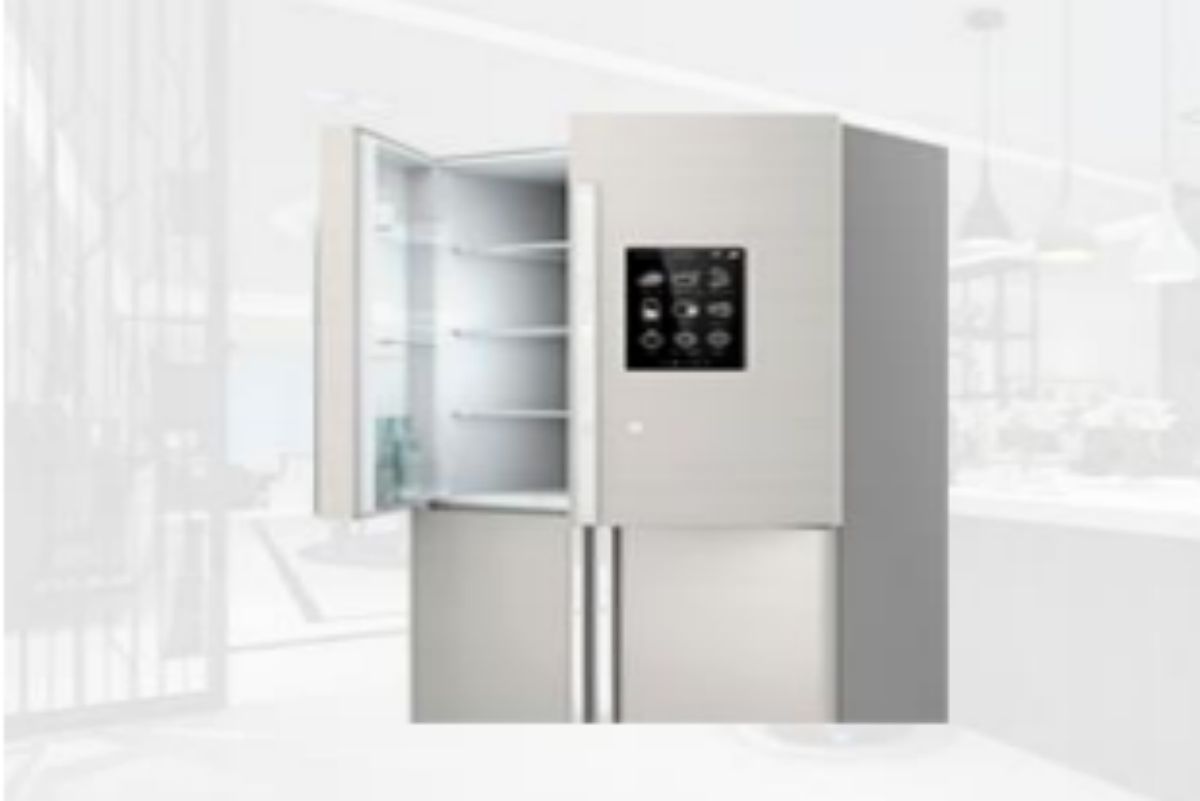
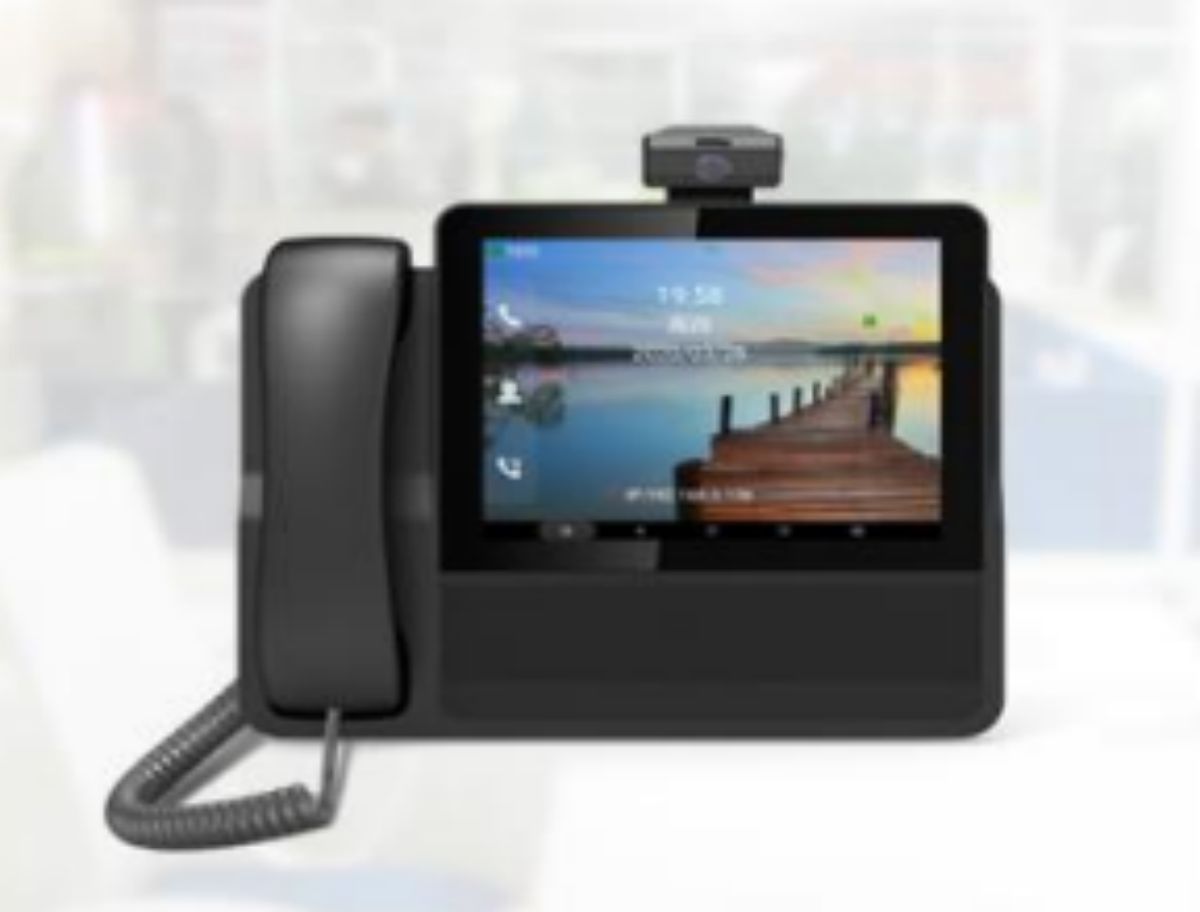
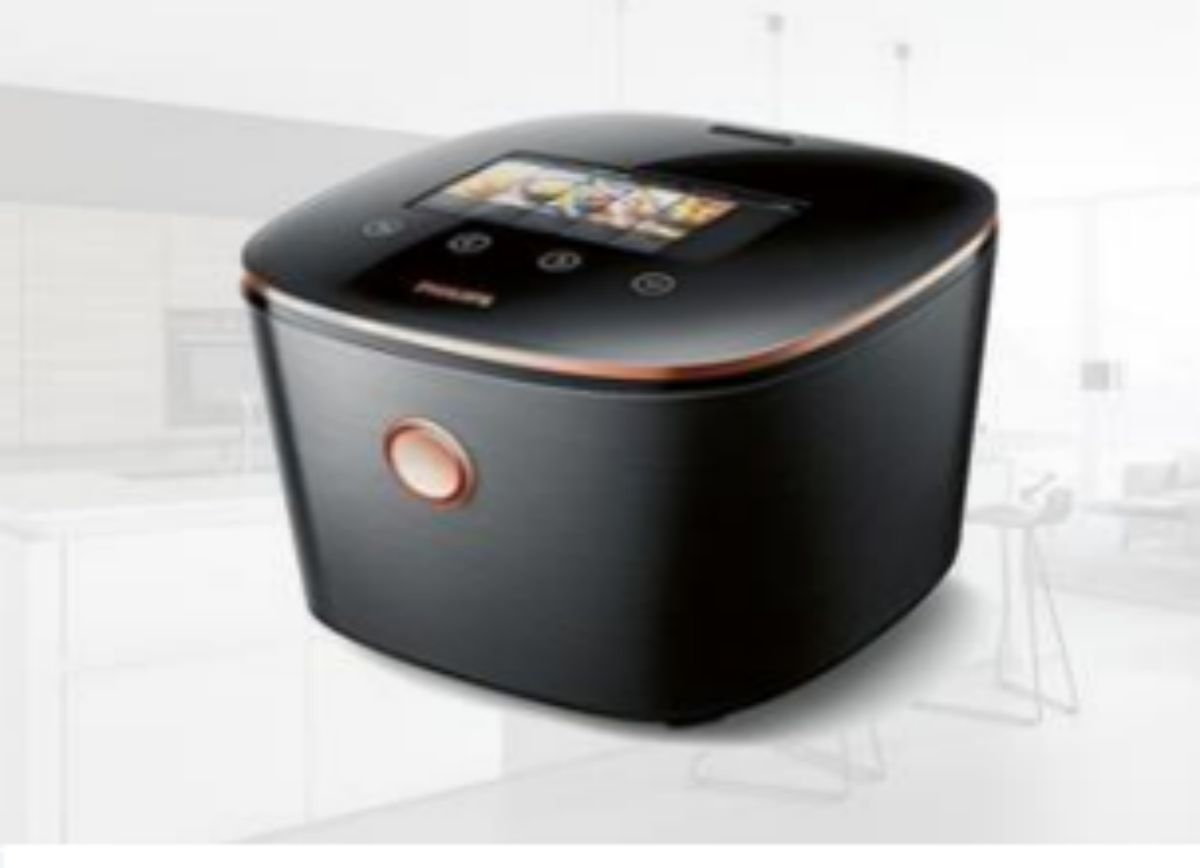
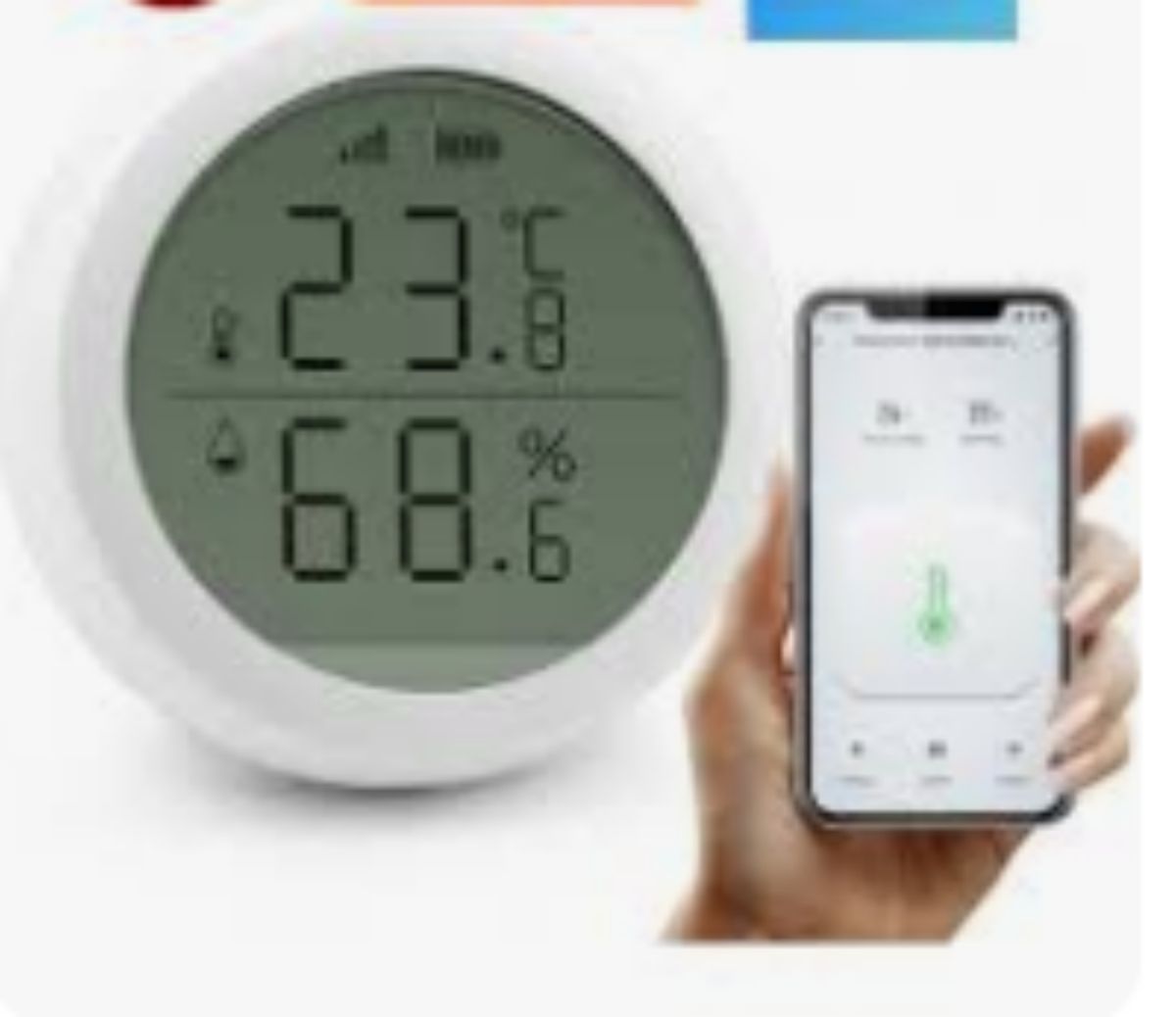
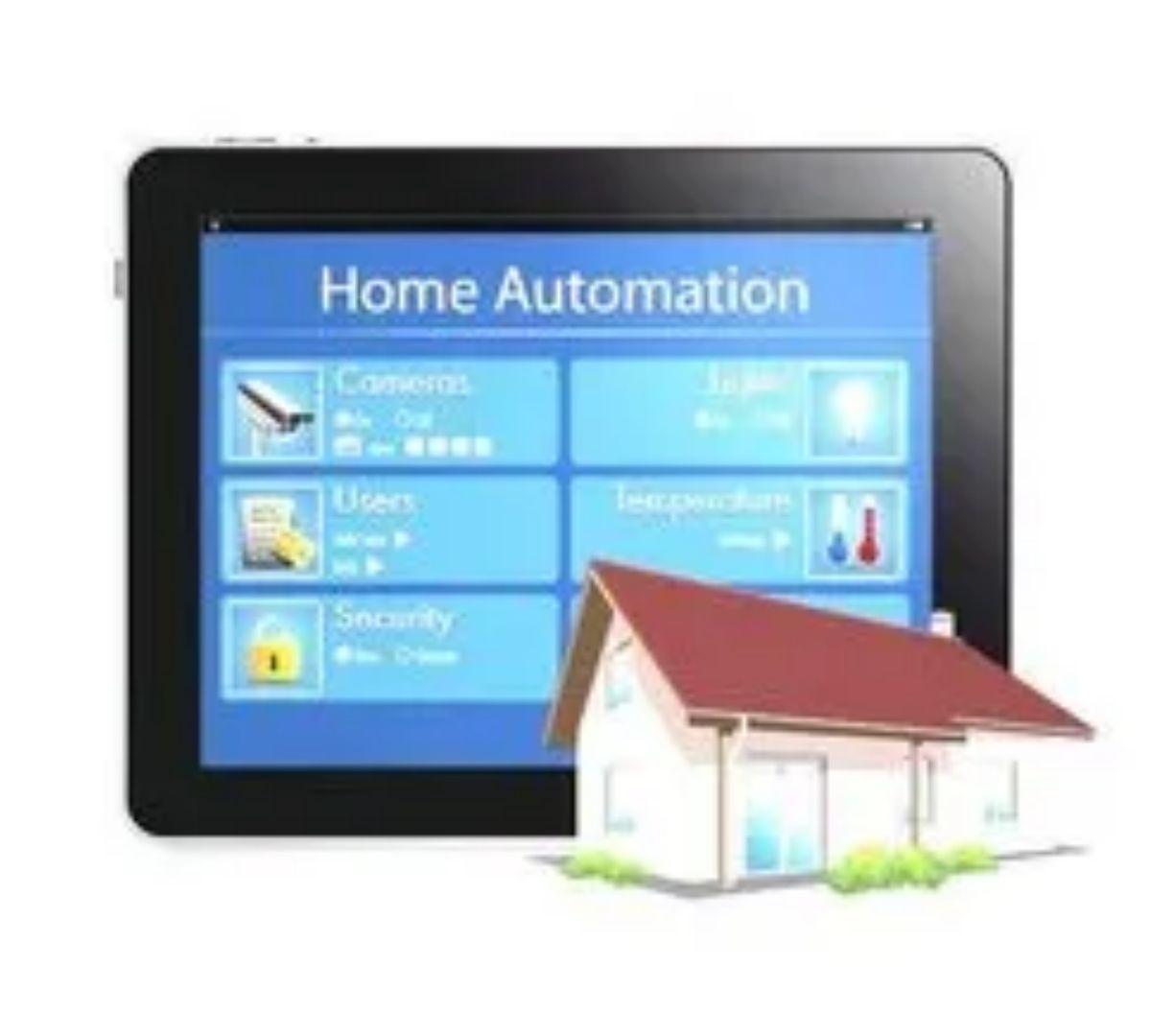
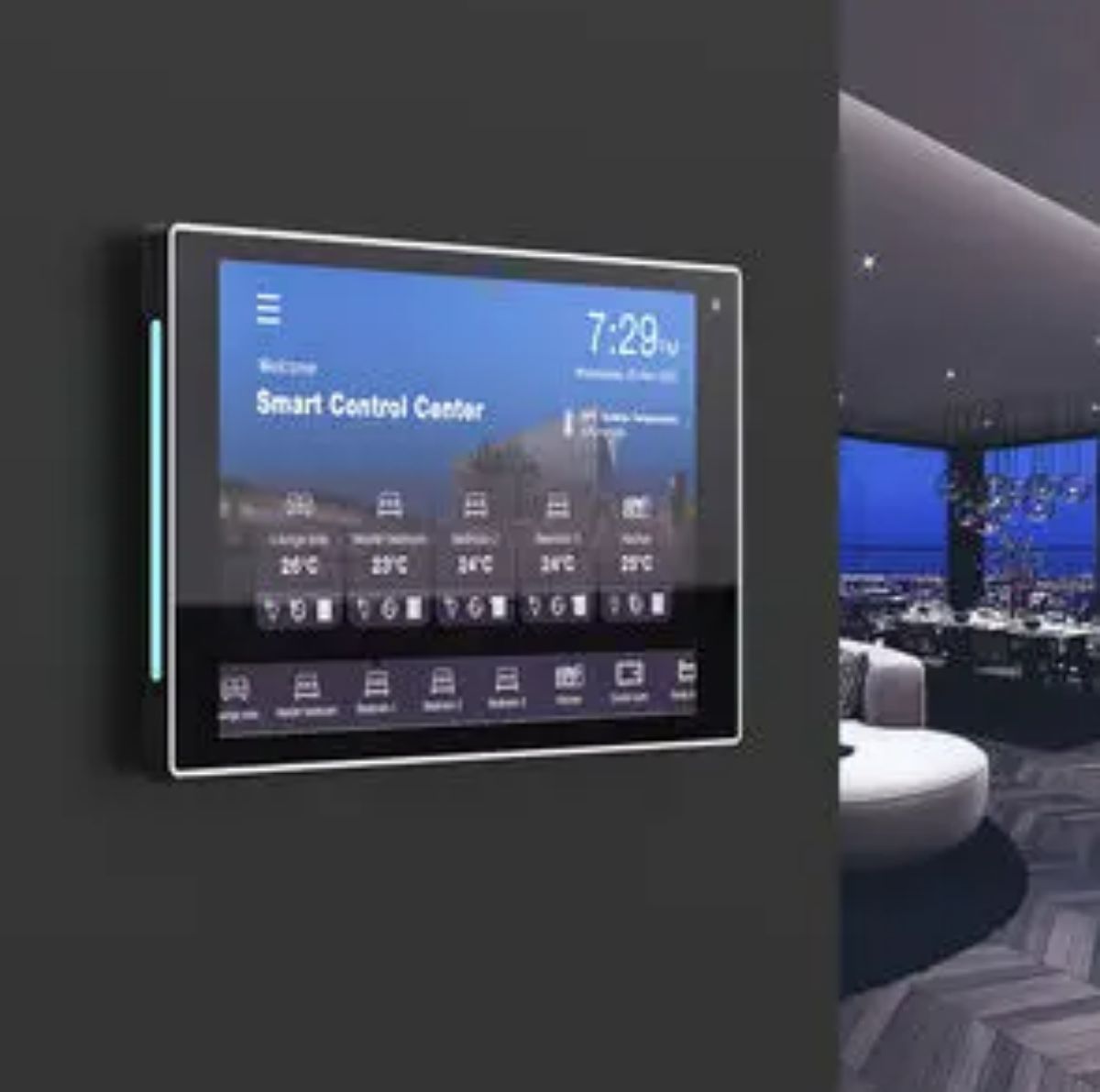
Post time: Sep-13-2023





